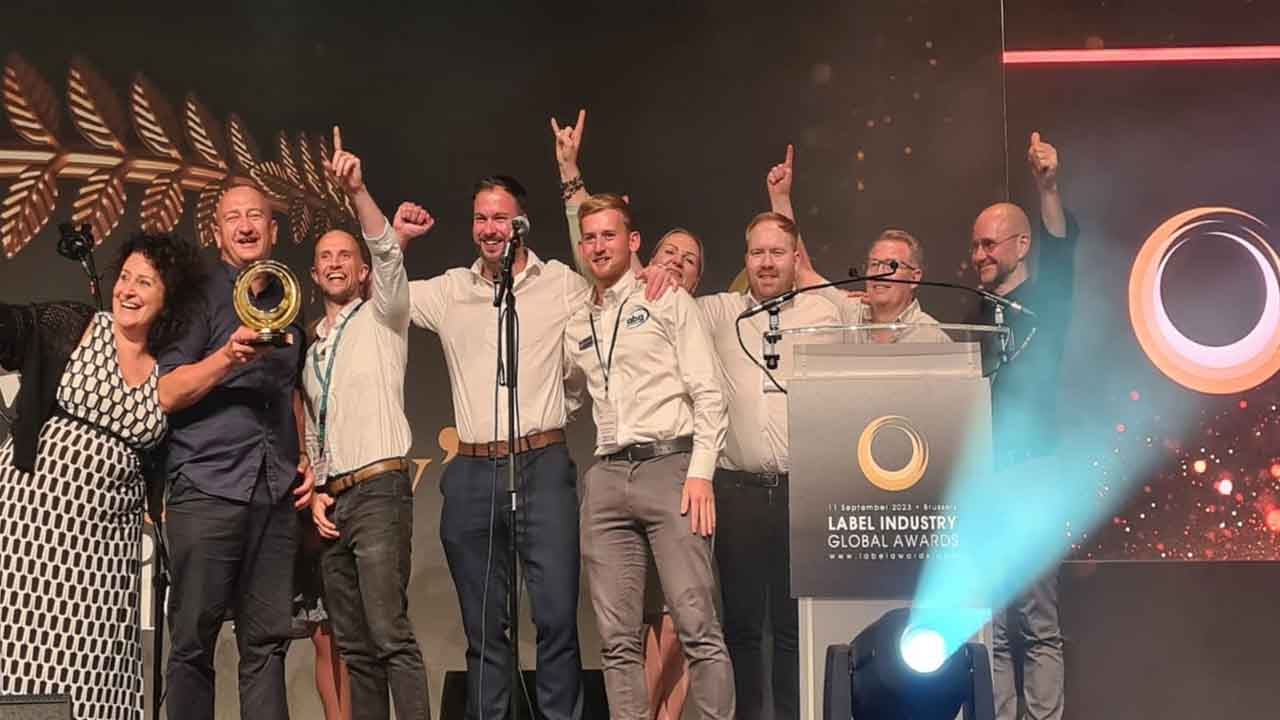Expanding gamut opens new opportunities
A Texas converter is expanding further into flexible packaging with a Nilpeter FA press and expanded gamut printing, writes Danielle Jerschefske
Paco Label, a 43-year old Texas-based converter, is a regional supplier of pressure sensitive and roll-fed BOPP materials throughout the southeastern United States, which in the past, focused heavily on the dairy industry. But recent investments in the prepress department and pressroom, have opened the door to new market opportunities.
In the summer of 2010 the company installed a new Nilpeter FA-3, expanding its capabilities to include cold foil as well as rotary screen. The gearless press can handle a wide range of packaging materials. It has a servo-driven in-feed, servo motors on all print units, a mid-feed pacer and is equipped with the latest P2P automatic register control system. Rowe Anderson, owner and president of the company, states, ‘The Nilpeter FA has exceeded expectations and allowed our company to pursue more profitable business.’
Extended Gamut Printing
Currently, the majority of the company’s work is CMYK with an additional spot color or two. However, there has been a strong push to take advantage of the benefits of extended color gamut (ECG) printing. Known in the offset world as G7 (GRACol 7), ECG has been widely adopted by wide web flexographic flexible packaging converters in the US; the ability to control waste, increase speeds and reduce changeover time has proven extremely valuable. In fact, most Frito-Lay bags are printed using this 7-color process. Even the FTA has adopted G7 into its FIRST guidelines for flexo standardization and ECG will only continue to grow within the narrow web market.
ECG printing requires maintenance of tight tolerances throughout the printing and converting process. Registration should hold within 0.002in and spectrophotometers are a must. Anderson says, ‘We bought the FA for its impeccable registration. Without the accuracy of the press, it would be impossible to transition into extended gamut work.’
Lenny DeGirolmo, VP sales at Nilpeter USA says, ‘Moving from the standard 4 color CMYK system to ECG, which utilizes a 6 to 7 color system (CMYK plus RGB), requires pinpoint registration accuracy for success. The gearless sleeve technology on the FA-3, both anilox and plate sleeves, delivers the level of tight registration necessary for the proper implementation of the ECG process.’
While ECG puts many demands on the prepress department with regards to proofing technology, color separation and the toolset to create proper press ready files, Anderson believes if the correct procedures are in place, it is possible to produce a printed piece more effectively with ECG than spot colors. He explains that with a larger color space and accurate proofing, prepress can now build spot colors and have the confidence and expectations that the pressroom will hit the desired target. Additionally, with ink sets and anilox now standardized, the responsibility for color accuracy now resides chiefly in the prepress department. The pressroom is still concerned with color density and registration, but benefits greatly from reduced waste during set-ups and quicker changeovers.
Complex work
The installation of the FA-3 at Paco Label will allow the converter to adopt more complex work and break into the highly decorated food and beverage business. It already has gained new business by screen-printing a tactile varnish on a pressure sensitive label for a nationally known brand of candies. Rowe Anderson notes the press is able to achieve the quality needed to compete against both gravure and offset, yet with the narrower web, can more economically produce work that’s difficult for its competitors to match.
Following the FA-3 acquisition, Paco Label is reviewing the potential for HD screening from Esko as well as Nilpeter’s digital press technologies for short run work. The future certainly lies in being a premier supplier of both pressure sensitive labels and flexible packaging.
Stay up to date
Subscribe to the free Label News newsletter and receive the latest content every week. We'll never share your email address.

